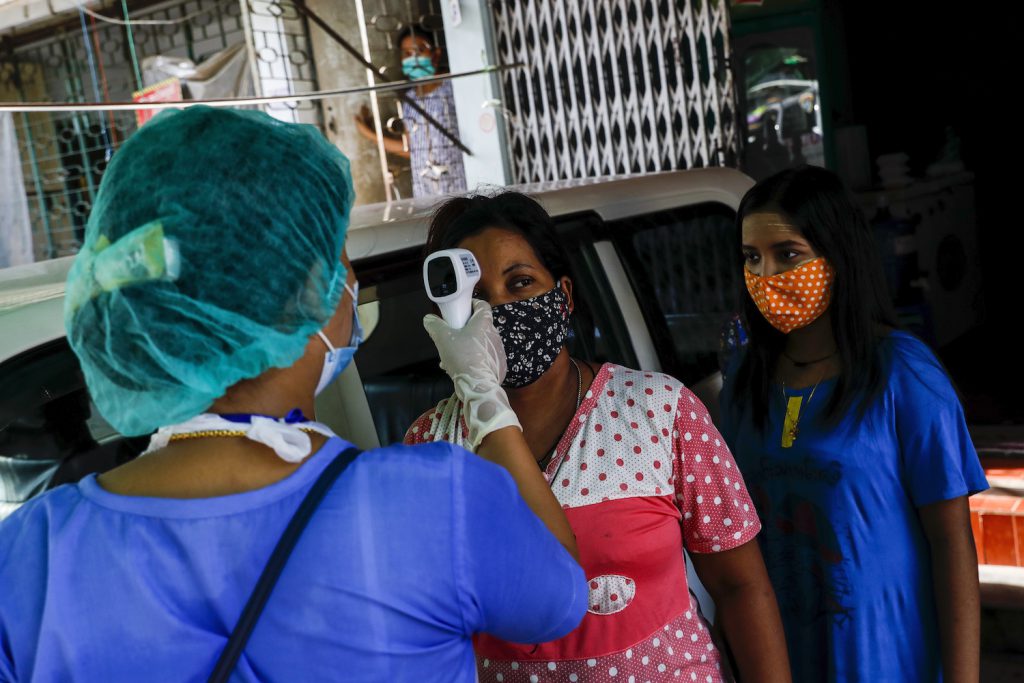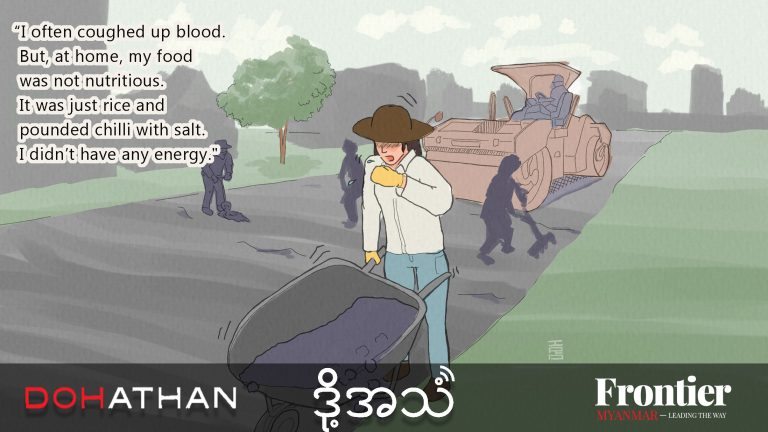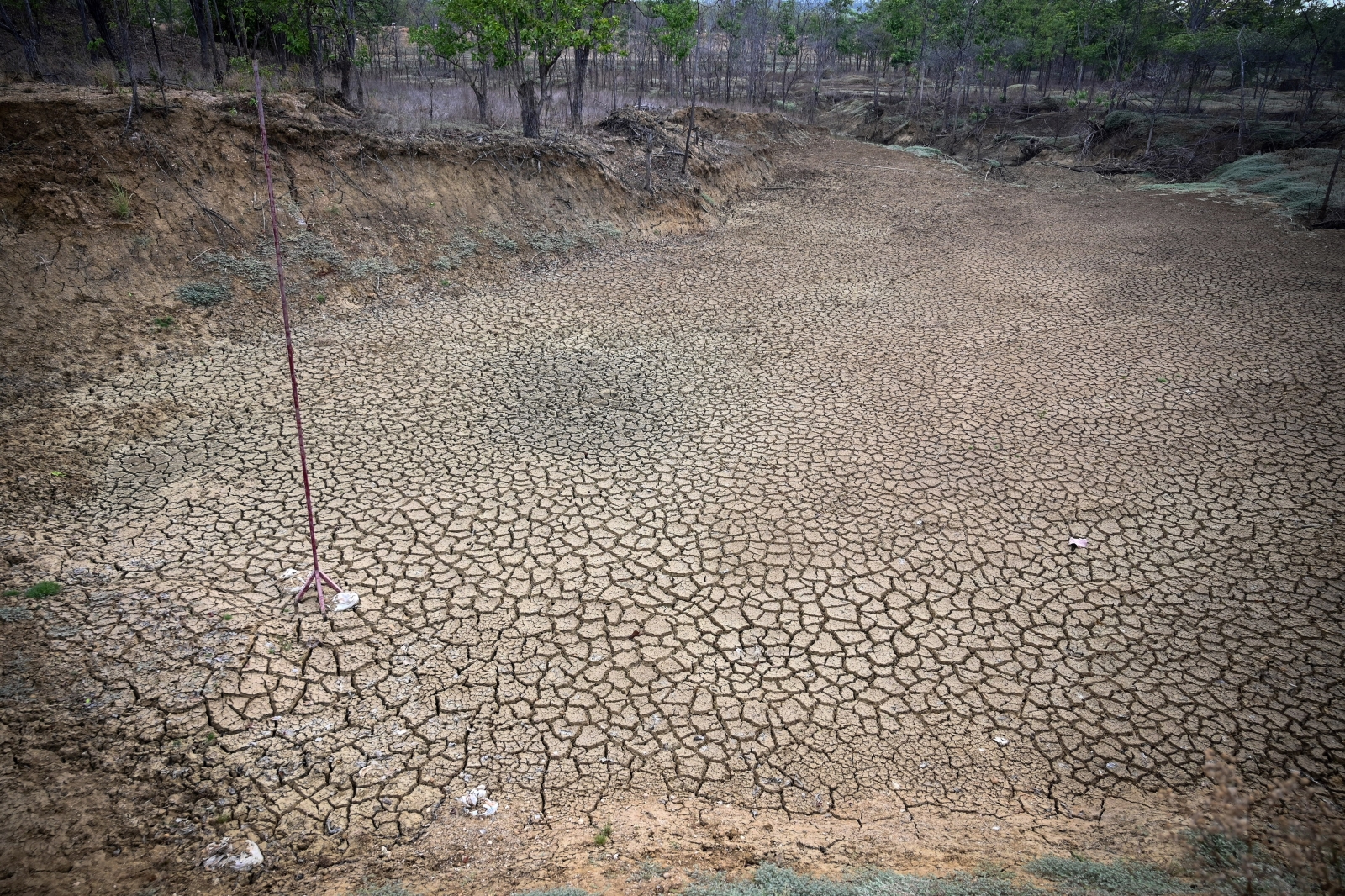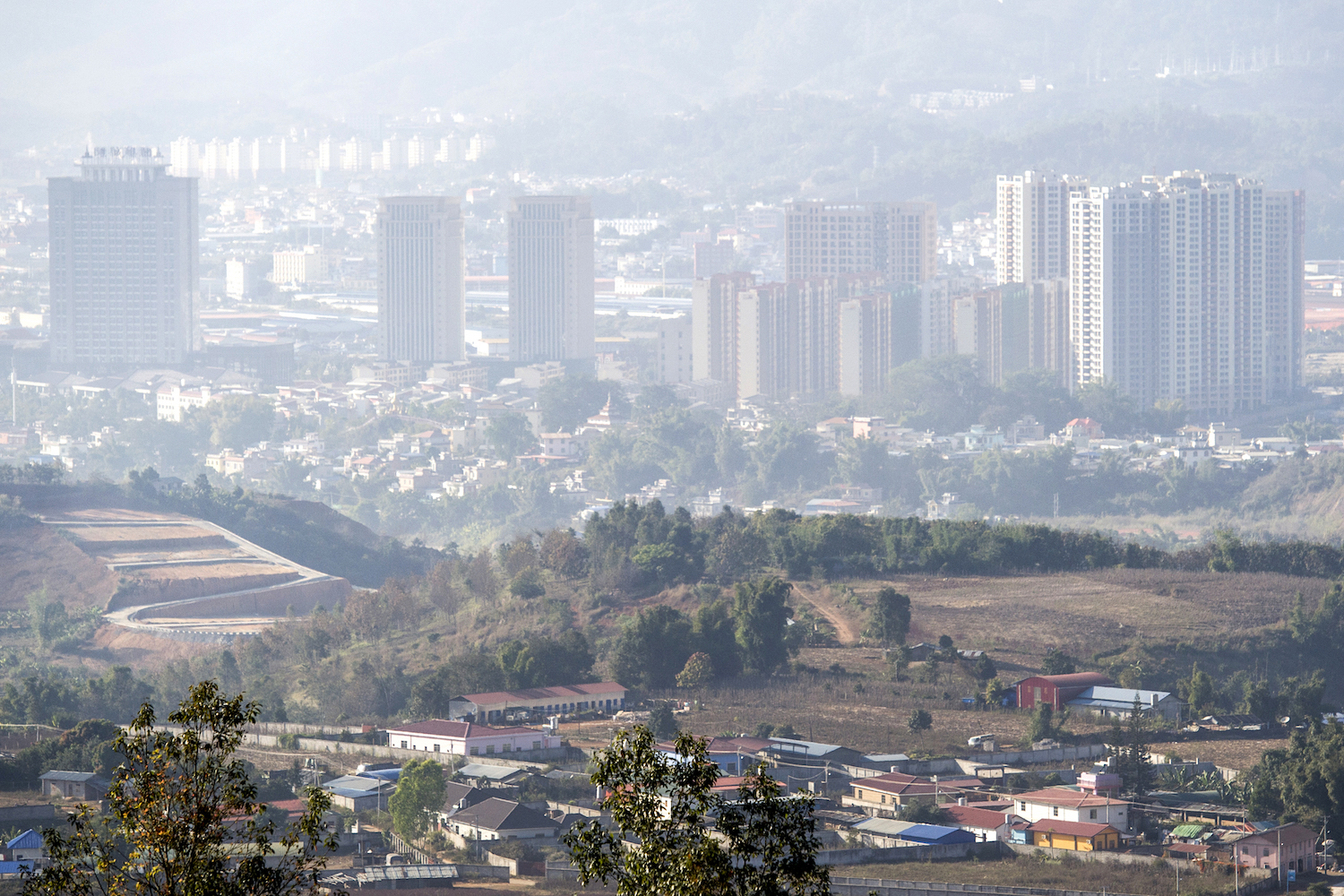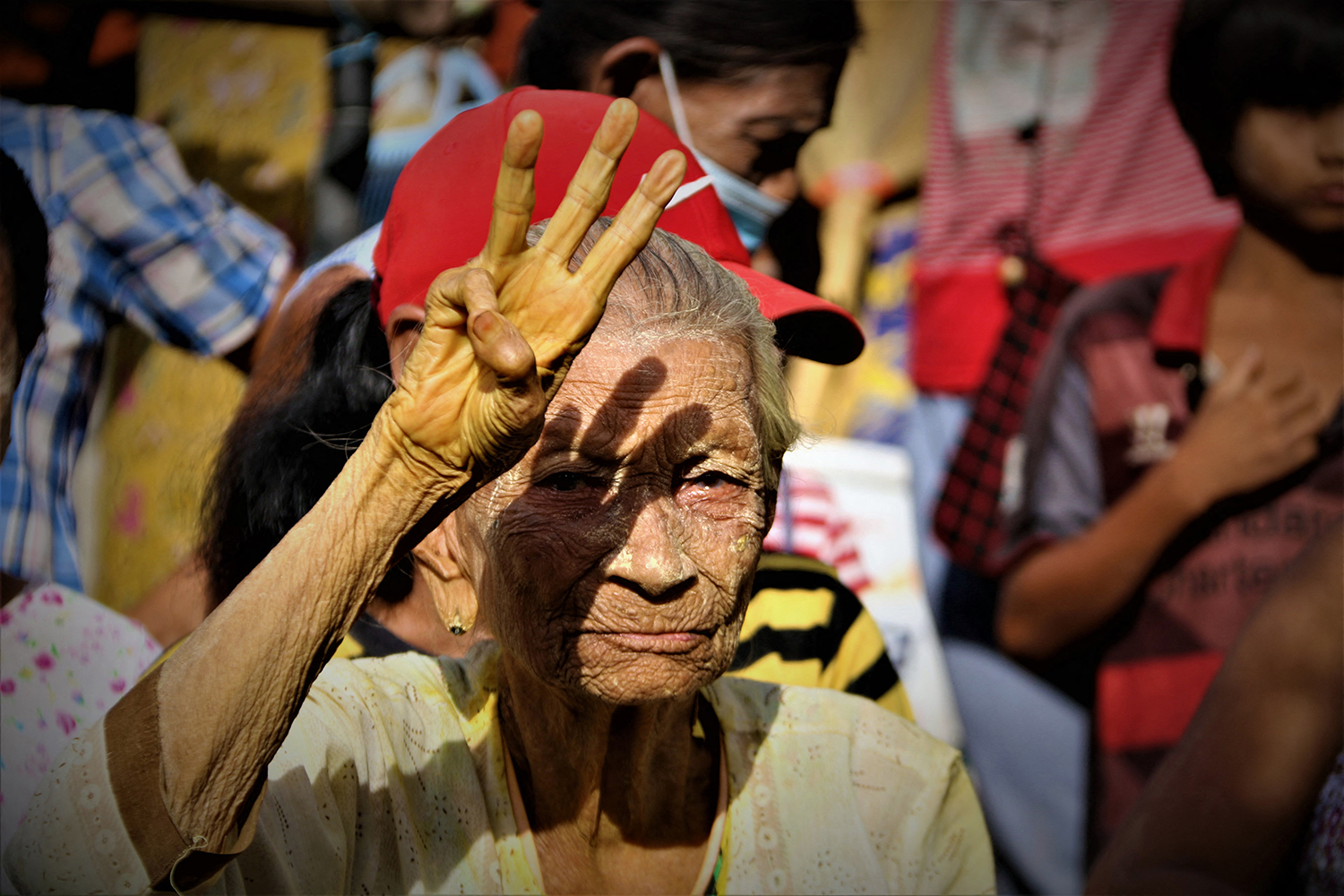Despite ominous predictions, there are few signs of a disastrous spread of COVID-19, while the capacity to control and treat the disease is increasing with each day.
By SITHU AUNG MYINT | FRONTIER
When the World Health Organization issued its first COVID-19 situation report, on January 21, a total of 282 people had been infected by the virus, including 258 in Wuhan, China – the epicentre of the pandemic – and 24 in Thailand, South Korea and Japan.
Myanmar was not mentioned until the 64th WHO situation report, after the country’s first two confirmed cases were reported on March 23.
In the 56 days to May 17, Myanmar had reported 187 confirmed cases, six deaths, the recovery of 97 patients, and 84 active cases. Myanmar has had fewer confirmed cases than many other countries and, despite limited testing, the spread of the virus seems outwardly to be under control.
However, some observers, particularly from outside Myanmar, have not been optimistic about Myanmar’s capacity to control and contain COVID-19. They point to a range of vulnerabilities, including Myanmar’s long border with China, the 320,000 Chinese tourists who visited Myanmar last year, and the large numbers of people that cross Myanmar’s borders both informally and formally. Myanmar also has many over-crowded camps for people displaced by war, including in Rakhine and Kachin states, where armed conflict continues and the number of people in IDP camps continues to rise. Because of these factors, they cautioned, the virus could spread disastrously in Myanmar. They also said the relatively low number of infections that have been detected in Myanmar might simply be because of low testing capacity. But are the prospects for a COVID-19 outbreak as ominous as their grim predictions?
The response measures introduced by national, state and region, and local authorities to prevent the spread of the coronavirus are many and varied. They include the closure of venues where crowds gather, such as cinemas, theatres and resorts. Celebrations of all kinds have been banned. Instructions have been issued in all states and regions to close restaurants, bars, clubs, beer stations and similar venues. Schools and training courses have been suspended. A nighttime curfew has been imposed in most townships. In some states and regions, checkpoints have been set up at the entrances of townships to monitor the health of travellers. In Yangon Region, a stay-at-home order was issued in the 10 townships worst affected by the coronavirus. Travellers to Nay Pyi Taw are required to present a document issued by their ward or village tract administrator explaining the reason for the journey. As well as these precautions, the public is being constantly bombarded with public health messages reminding them to wash their hands thoroughly and often, wear a face mask when they go out, and to practise social distancing.
The government has also been paying attention to factories and other places where people work closely together in large numbers. It ordered the temporary closure of all factories from April 20 until they could be checked for compliance with government guidelines and permitted to re-open. Though clumsily communicated, this measure should allow for a more protected workforce.
Meanwhile, a large number of migrant workers is expected to return home from China and Thailand. The government seems to have learned a lesson from the disorderly scenes in late March, when tens of thousands of migrant workers returned from Thailand before comprehensive quarantine arrangements were in place. Better preparations have been made this time, with a nationwide network of quarantine facilities in villages and towns that are ready to receive returning migrants after they are transported directly from the border.
Since March, few cases of COVID-19 have been detected among returning migrant workers or those with whom they have been in contact. Although the diligent monitoring of further returnees from Thailand is essential, there is no need to be greatly concerned about their homecoming posing a health threat. Thailand declared a state of emergency in late March as cases began to grow but figures to May 18 – when it had reported 3,031 cases, including 56 deaths and 2,857 recoveries – show that Thailand is successfully controlling COVID-19. There may be some returnees who are infected with COVID-19, but placing them under quarantine will help to prevent the spread of the virus here.
As well as returnees from Thailand, tens of thousands of workers are returning from China’s Yunnan Province, and there is even less need to be concerned about these arrivals. There have so far been 184 confirmed cases and two deaths have so far been reported in Yunnan, where prevention and control measures seem to have been effective. The parts of Yunnan bordering Myanmar are also more than 2,000 kilometres from the epicentre of the epidemic in China, Wuhan, and are relatively remote.
Thousands of other returnees are expected to fly home from Japan, South Korea, Singapore, Thailand, India and Sri Lanka – with some having returned already – and they will be quarantined at facilities or hotels in Yangon and other areas.
As a precaution against a sharp escalation in cases, the Central Institute of Civil Service (Lower Myanmar) at Phaunggyi in Yangon’s outer northern Hlegu Township has been transformed into a COVID-19 hospital that is planned to eventually have 2,000 beds. The opening of its first phase, on April 21, came as the country’s doctors and other medical personnel were continuing to gain experience with COVID-19 patients.
Although the number of tests done so far for the virus – 14,561 – is very low compared to the rest of the world, testing capacity is slowly increasing. Soon laboratories in Mandalay and Mawlamyine will be able to test for COVID-19, and the Tatmadaw is contributing two devices, each capable of doing more than 1,000 tests a day, to the health ministry’s effort.
It is too early to say that the COVID-19 threat has passed. Whether there are further outbreaks depends not just on Myanmar’s response, but also on the pandemic being brought under control around the world.
The Myanmar response to COVID-19 has not been perfect, and a range of other factors may have helped to reduce the transmission of the virus, but the grim predictions that some were making have not yet materialised, and this gives reason for optimism.
Correction: An earlier version of this article said 14,561 people had been tested for COVID-19. This number is actually for the number of tests performed, and most suspected patients are tested several times for the disease.


